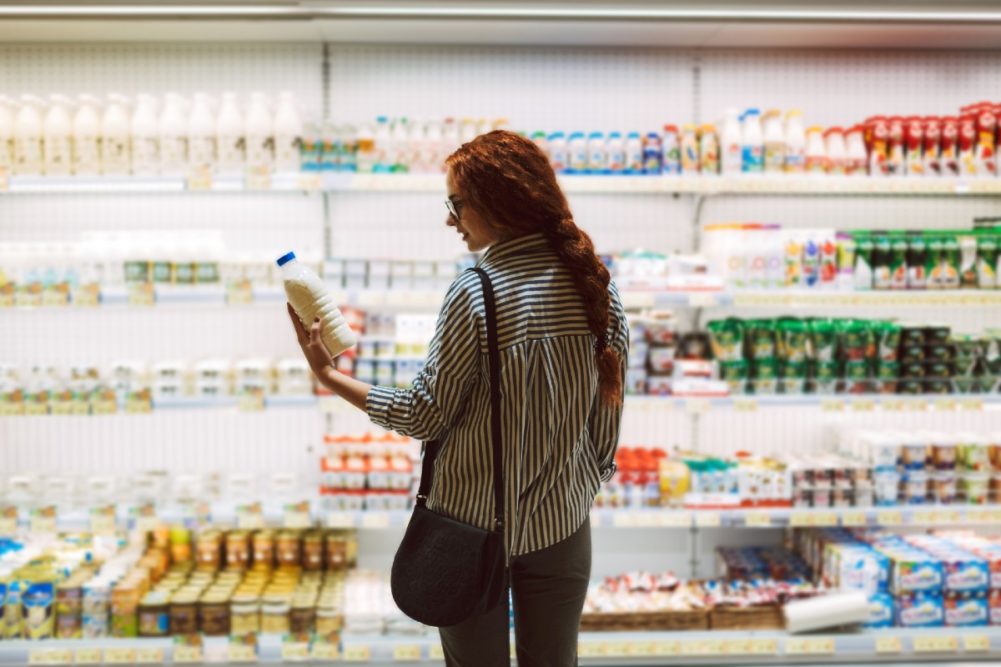ARLINGTON, VA. — US grocery shoppers are more confident in their ability to afford the groceries they need compared to one year ago, according to new data from FMI – The Food Industry Association.
The trade association’s “US Grocery Shopper Trends: Return to Routine” report found 39% of shoppers said they are concerned about being able to afford the food they need, down from 42% in July/August of last year.
Nearly 70% of respondents said they are very or extremely concerned with retail food inflation, though, and 68% reported concerns with the prices rising for foods they prefer, up six percentage points from last year.
“Across ages and income levels, shoppers report roughly the same level of concern,” FMI said. “It's currently a broad cultural phenomenon as much as an experience of price fluctuations.”
The consumer mindset on affordability may be disconnected from the reality of food price inflation, however. Andy Harig, vice president of tax, trade, sustainability and policy development for FMI, explained how personal income has increased 28% on average between March of 2020 and June 2024, while the Consumer Price Index for food at home increased nearly 25% during the same period.
“Although there's been significant changes to the marketplace over the past few years … actual affordability, when you look at the numbers, is still there,” Harig said in an Aug. 22 webinar. “You can see it … with average weekly spend and how consistent that has stayed throughout the COVID period.
“And particularly the past two years, where we’ve seen this period of higher inflation, you continue to see the consumer really spending robustly, and really finding a way to not just get what they need, but in many cases, get what they want at the grocery store.”
Ricky Volpe, PhD, associate professor of agribusiness at California Polytechnic State University, San Luis Obispo, suggested that consumer perceptions of affordability may be due to especially volatile swings in food price inflation since the late 2000s.
“The behavior of food prices in the US has changed,” he said. “We’re dealing with this sort of new reality of the last 15 years or so where, on average, food price inflation has been a little bit higher year over year and, importantly, it's been more volatile.”
Volpe also said year-over-year food price inflation is projected to reach below the historical average of 2% through the end of 2024, largely because of moderated energy and commodity prices.
“Food price inflation has moderated, it continues to moderate,” Volpe said. “It is forecasted to decrease even more going into 2025 but that doesn't mean that we should expect food prices on average, to go down.
“Consumers are seeing real terms relief in their grocery spending, meaning that their dollar, their earnings, are going further in buying food. It’s not that stickers are actually going down, sticker prices aren’t going down, but food is becoming relatively cheaper in real terms.”

